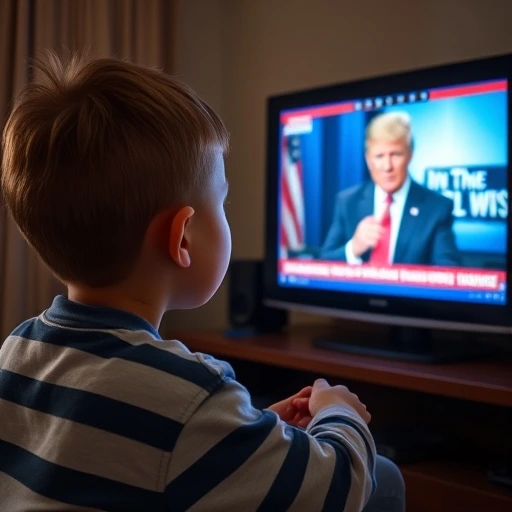The agenda setting theory, introduced by Maxwell McCombs and Donald L. Shaw, explains how media influences the public’s perception of what is important. Media organizations, through their reporting, give prominence to certain issues, thereby shaping public opinion. For instance, when a news channel consistently emphasizes climate change, the audience begins to perceive it as a critical issue needing immediate attention. This influence occurs through a cognitive process known as “accessibility,” where frequent exposure makes certain topics more salient in people’s minds.

History and Circumstances Leading to the Theory
The agenda setting theory originated during the 1968 U.S. presidential election. McCombs and Shaw studied how media coverage affected voters’ perceptions of key campaign issues. They found that the issues most emphasized by the media were also perceived as the most important by the public. This correlation underscored the media’s role in setting the public agenda.
The circumstances leading to the theory were rooted in an era of growing mass media influence. With television and newspapers being primary information sources, the power of media to prioritize certain topics became evident. The theory was developed to understand and articulate this phenomenon.
Explaining the Theory and Its Components
Agenda setting operates on two levels:
First Level
At this level, the media determines what issues the public should think about. By selecting and prioritizing certain topics, the media influences public awareness and attention. For example, headlines and breaking news often highlight specific stories, making them top-of-mind for audiences.
Second Level
The second level focuses on how people should think about those issues. Here, the media emphasizes certain attributes or perspectives about an issue, often through sensationalized reporting or in-depth coverage. For example, a news report on a healthcare crisis might highlight government inaction, shaping public opinion about accountability.
Key Concepts: Gatekeeping, Priming, and Framing
- Gatekeeping: Editors and journalists act as gatekeepers, deciding which stories get published or aired. For instance, editors choose to highlight certain political scandals over others based on “newsworthiness.”
- Priming: Media sets the standards by which issues, or public figures are judged. For example, by repeatedly covering a politician’s economic policies, the media primes the public to evaluate them primarily on their economic performance.
- Framing: This refers to how information is presented. Media frames influence how audiences perceive issues. For example, during the Kargil War, Indian and Pakistani media framed the conflict to favor their respective national narratives.
Criticism of the Theory
Despite its relevance, the agenda setting theory faces criticisms:
- Media users are not passive; they may disregard media priorities.
- The theory assumes uniform effects, but individuals with firm opinions may remain unaffected.
- Media can only influence awareness and perceived importance, not create entirely new issues.
General Life Example
Consider a local environmental issue, such as river pollution. If the media repeatedly covers the issue with headlines, expert opinions, and investigative reports, the public begins to see it as a pressing concern. Without media emphasis, the issue might remain unnoticed, despite its severity.
FAQs About Agenda Setting Theory
- What is agenda setting theory? It explains how media influences public perception by prioritizing certain issues.
- Who proposed the theory? Maxwell McCombs and Donald L. Shaw in 1972.
- What are the levels of agenda setting? First level (what to think about) and second level (how to think about it).
- What is gatekeeping in agenda setting? The process by which editors and journalists decide which stories to cover.
- What is priming in media? Preparing the audience to evaluate issues or figures based on specific criteria.
- How does framing work? Media shapes how audiences perceive issues by presenting them within a specific context.
- What are criticisms of the theory? It underestimates audience agency and assumes uniform effects.
- Where is the theory applied? Political campaigns, public relations, and business communication.
- Does agenda setting create issues? No, it influences awareness and perceived importance of existing issues.
- Why is the theory important? It highlights media’s role in shaping public discourse and priorities.
Biographies of Contributors
Maxwell McCombs
Maxwell McCombs is a distinguished communication theorist known for his work on agenda setting theory. Apart from this theory, his notable contributions include studies on public opinion and media effects. His work has significantly shaped modern mass communication research.
Donald L. Shaw
Donald L. Shaw was a communication scholar and co-developer of the agenda setting theory. He also explored media roles in democracy and the evolution of communication technologies. His research complements McCombs’ focus on media influence.
Both scholars’ groundbreaking research has laid the foundation for understanding media dynamics and their impact on society.
